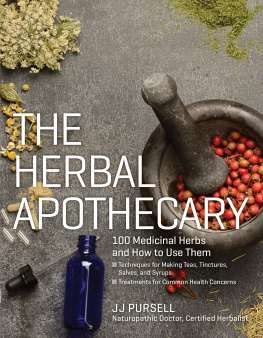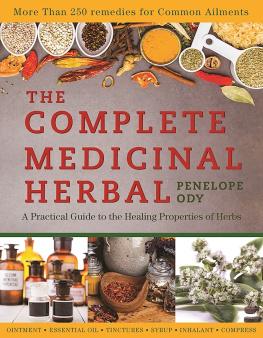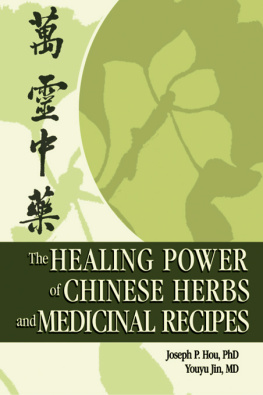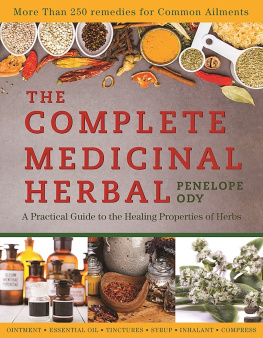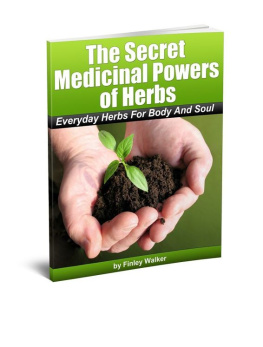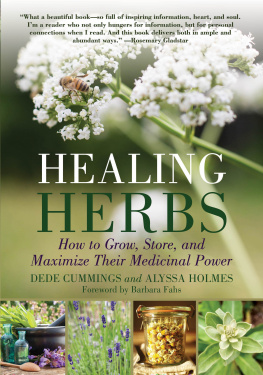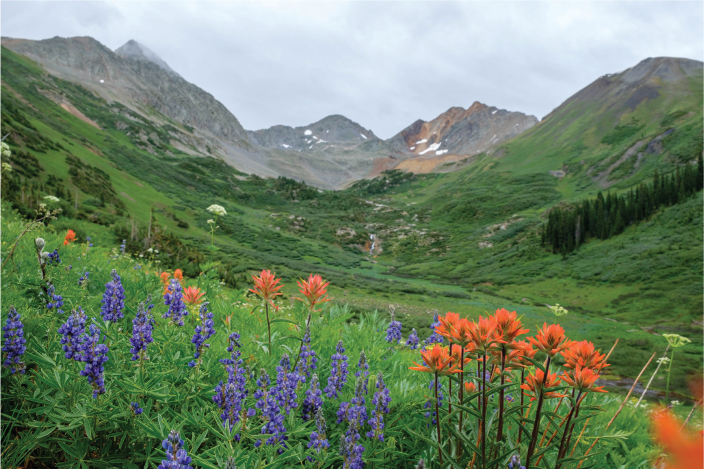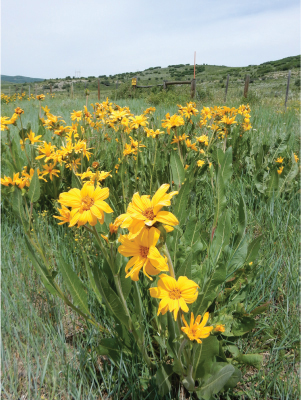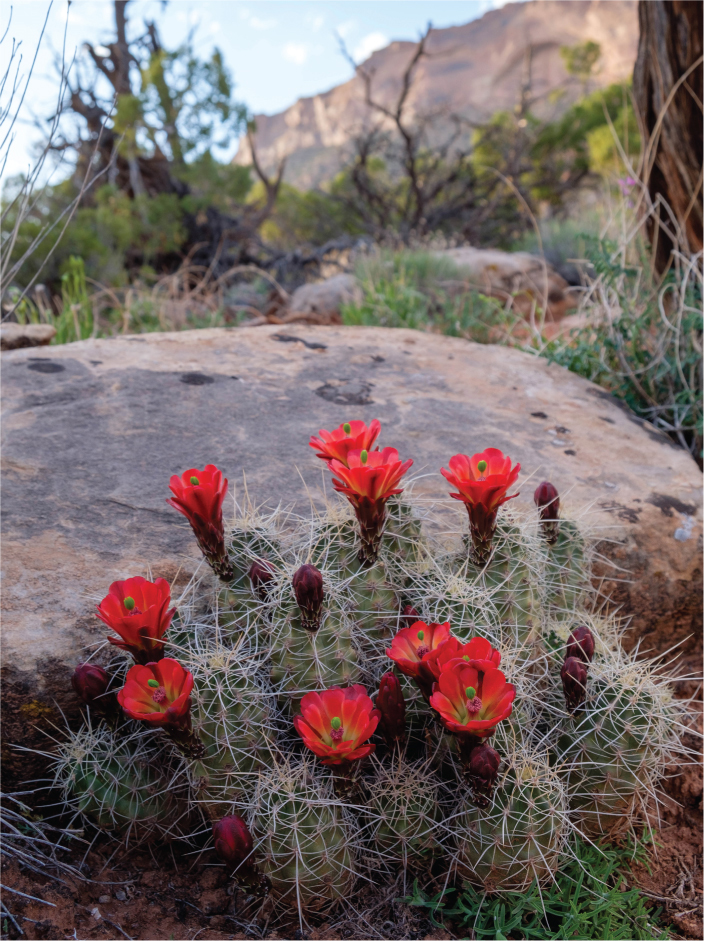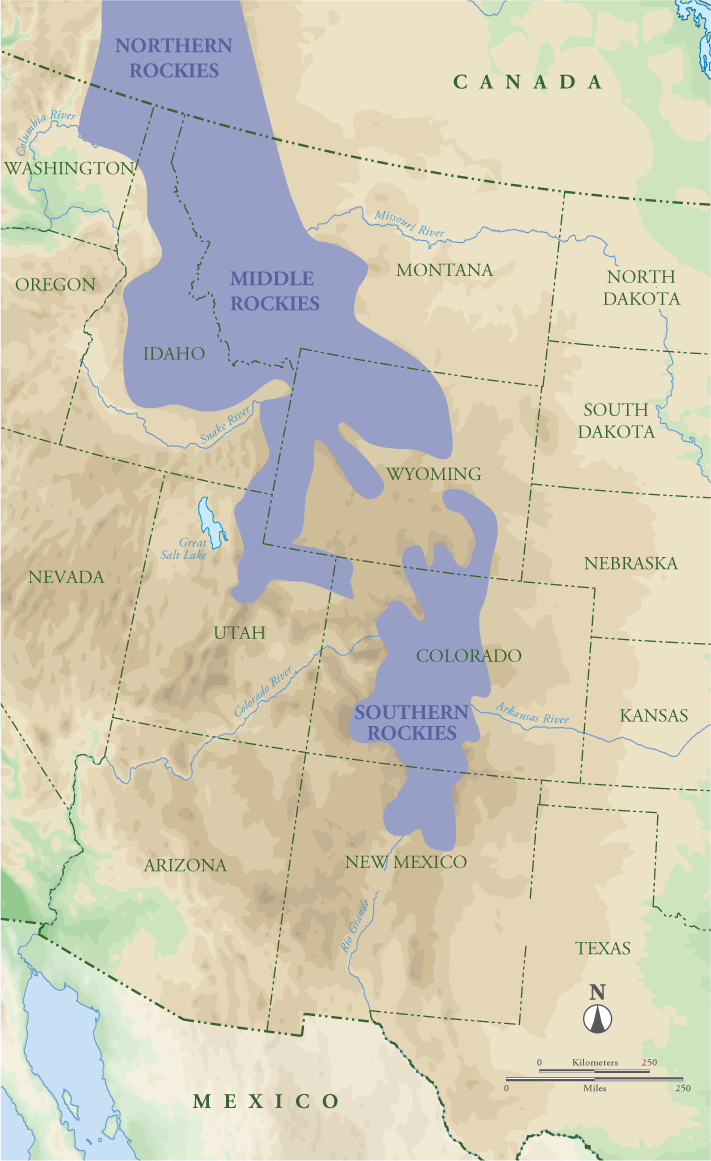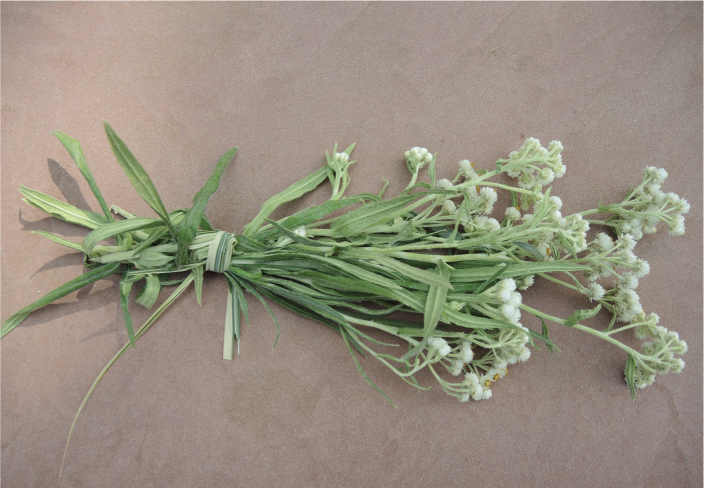Blake Burger - Medicinal Herbs of the Rocky Mountains: A Field Guide to Common Healing Plants
Here you can read online Blake Burger - Medicinal Herbs of the Rocky Mountains: A Field Guide to Common Healing Plants full text of the book (entire story) in english for free. Download pdf and epub, get meaning, cover and reviews about this ebook. year: 2022, publisher: Falcon Guides, genre: Romance novel. Description of the work, (preface) as well as reviews are available. Best literature library LitArk.com created for fans of good reading and offers a wide selection of genres:
Romance novel
Science fiction
Adventure
Detective
Science
History
Home and family
Prose
Art
Politics
Computer
Non-fiction
Religion
Business
Children
Humor
Choose a favorite category and find really read worthwhile books. Enjoy immersion in the world of imagination, feel the emotions of the characters or learn something new for yourself, make an fascinating discovery.

- Book:Medicinal Herbs of the Rocky Mountains: A Field Guide to Common Healing Plants
- Author:
- Publisher:Falcon Guides
- Genre:
- Year:2022
- Rating:3 / 5
- Favourites:Add to favourites
- Your mark:
Medicinal Herbs of the Rocky Mountains: A Field Guide to Common Healing Plants: summary, description and annotation
We offer to read an annotation, description, summary or preface (depends on what the author of the book "Medicinal Herbs of the Rocky Mountains: A Field Guide to Common Healing Plants" wrote himself). If you haven't found the necessary information about the book — write in the comments, we will try to find it.
Medicinal Herbs of the Rocky Mountains introduces the principles of herbal remedies and guides readers through finding, harvesting, cultivating and incorporating more 66 locally abundant medicinal plants into daily life. Complete with color photos and detailed descriptions of each medicinal herb, conservation status, and recipes to put their botanical healing power to work, this guide is a vital addition to the Rocky Mountain naturalists bookshelf.
Look inside to find:
Blake Burger: author's other books
Who wrote Medicinal Herbs of the Rocky Mountains: A Field Guide to Common Healing Plants? Find out the surname, the name of the author of the book and a list of all author's works by series.

